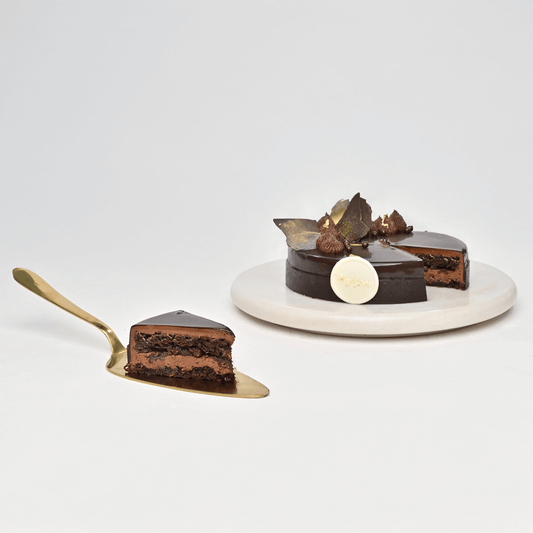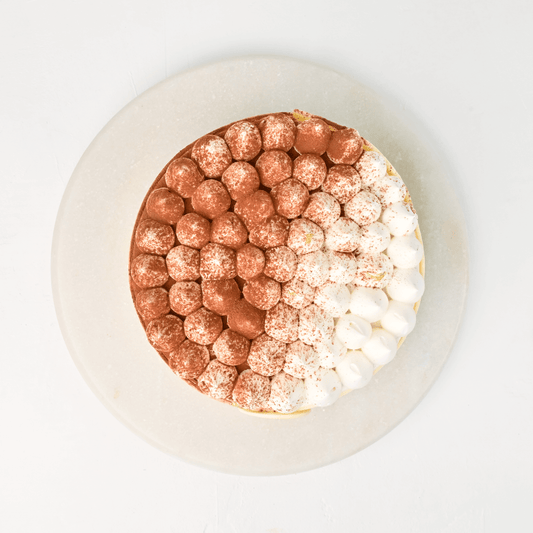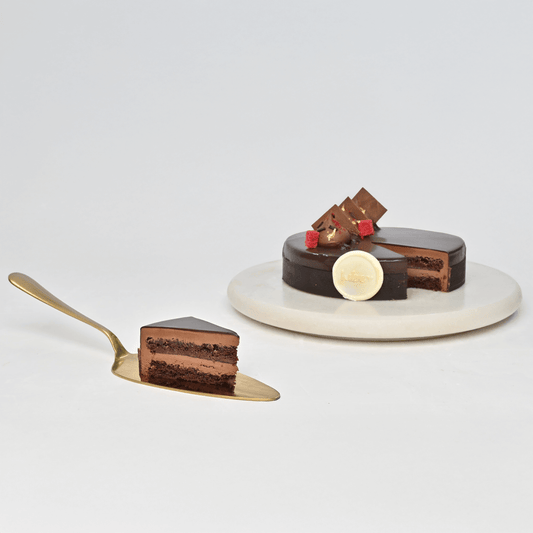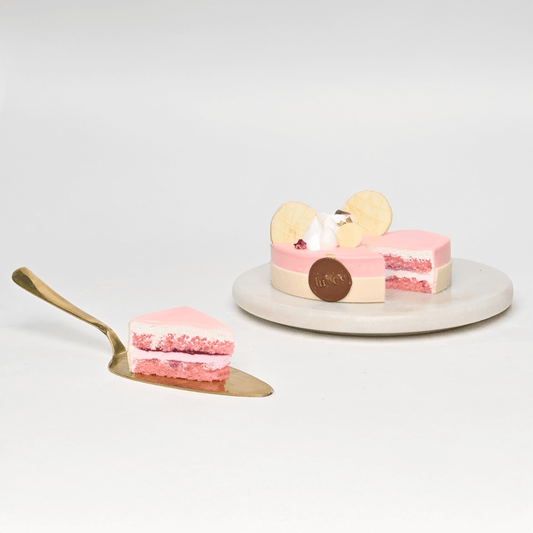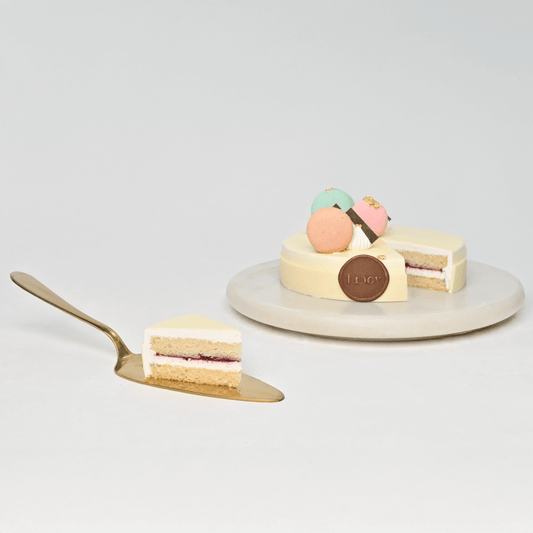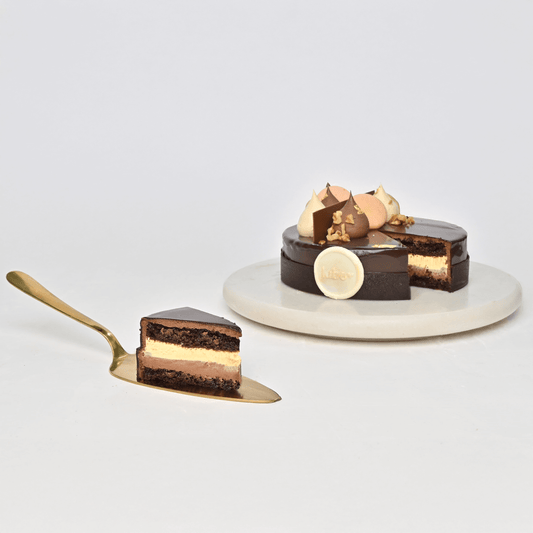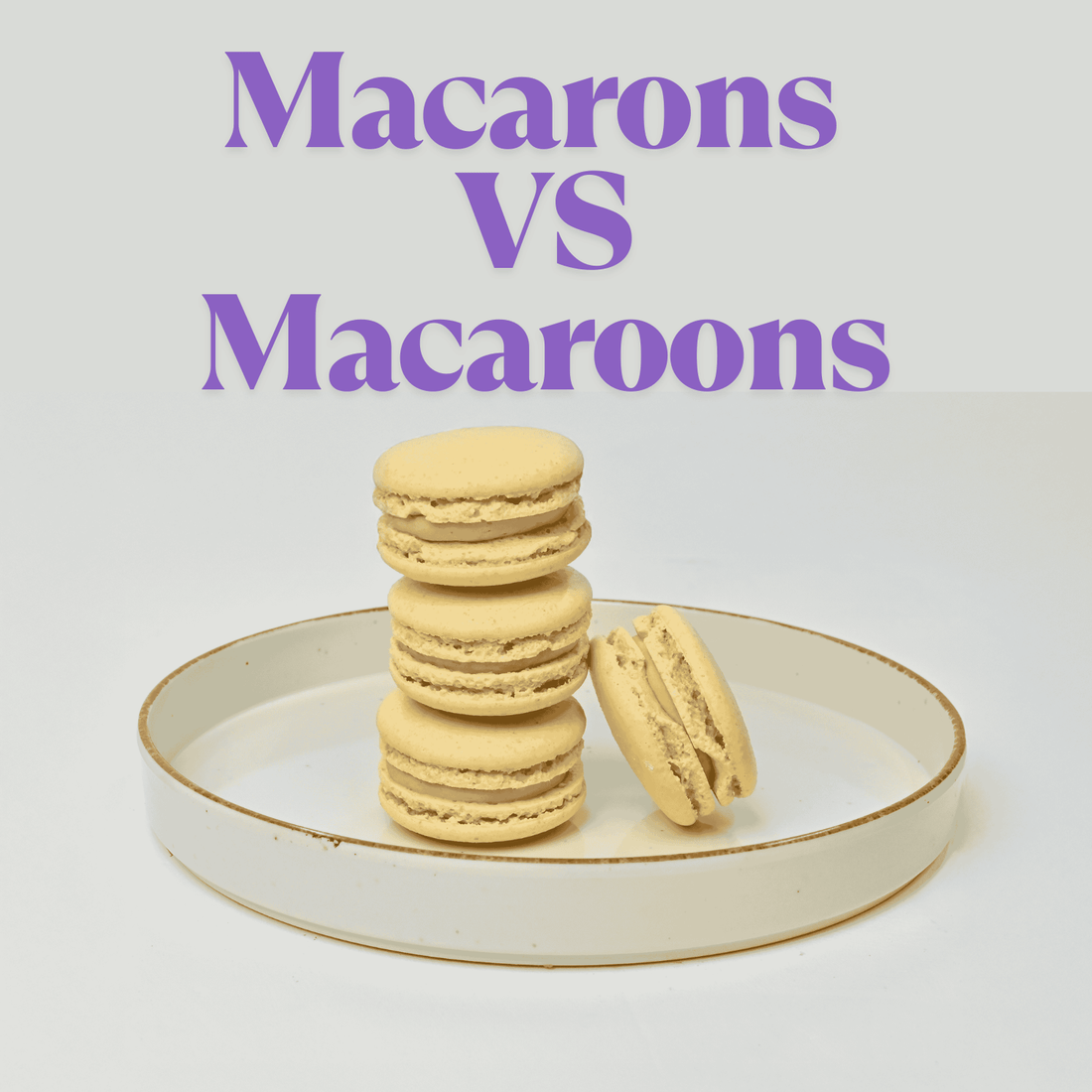
Macarons vs Macaroons: What's the Real Difference?
Vipul ChaudharyShare
Facts That Prove Macarons and Macaroons Are Not the Same Thing

Let’s face it — Macarons vs Macaroons are sound almost identical, but they couldn’t be more different. If you’ve ever walked into a bakery and confidently asked for one, only to be handed something completely unexpected, you're not alone. These two sweet treats may share similar names, but they’re culinary cousins, not twins. Let's clear the confusion once and for all.
What Are Macarons?

Origin and History
Macarons, pronounced mack-ah-ROHN, are delicate French cookies with a long, rich history. Though their exact origin is debated, most credit their rise to fame to French patisseries in the 18th century. They gained iconic status thanks to Ladurée in Paris, where these pastel-colored delights became a symbol of luxury and elegance.
Ingredients Used
Macarons are made from almond flour, egg whites, and powdered sugar. No coconut here — these are all about finesse and flavor.
How Macarons Are Made
Step-by-Step Process
Making macarons is more art than science. It involves:
- Whipping egg whites to stiff peaks
- Folding in sifted almond flour and sugar
- Piping uniform rounds onto a baking tray
- Resting the shells to form a skin
- Baking at precise temperatures
- Filling with ganache, buttercream, or jam
The Importance of Technique
Mess up one step, and you get cracked tops or hollow centers. These cookies are high-maintenance divas of the dessert world.
Popular Macaron Flavors
- Pistachio
- Raspberry
- Salted Caramel
- Rose
- Chocolate Ganache
- Lemon Curd

The flavor combos are endless, making macarons a customizable treat.
What Are Macaroons?
Origin and History
Macaroons, pronounced mack-ah-ROON, have an entirely different lineage. They trace back to Italy and became a staple in Jewish communities, particularly for Passover due to being flourless.
Ingredients Used
Coconut is the star of the show. Macaroons typically include:
- Sweetened shredded coconut
- Egg whites
- Condensed milk or sugar
- Sometimes chocolate for dipping
How Macaroons Are Made
Simple Baking Method
Unlike macarons, macaroons are fuss-free:
- Mix all ingredients
- Scoop into mounds
- Bake until golden
Texture and Taste
These are chewy, dense, and rich. Sweet coconut flavor dominates, with a slightly crispy outside and moist inside.
Variations and Flavors
- Chocolate-dipped
- Almond-flavored
- Espresso
- Orange zest-infused
They’re less “Instagrammable” but more forgiving.
Macarons vs Macaroons – Key Differences

Texture and Appearance
- Macarons: Smooth, colorful, sandwich-like with a crisp shell and soft interior.
- Macaroons: Rustic, coconut mounds, chewy with a rough texture.
Ingredients
- Macarons: Almond flour-based, often dairy-free.
- Macaroons: Coconut-heavy, often uses sweetened condensed milk.
Taste and Sweetness
- Macarons: Delicate, lightly sweet with bold fillings.
- Macaroons: Very sweet and rich.
Preparation and Difficulty
- Macarons: Complex and technical.
- Macaroons: Beginner-friendly.
Shelf Life and Storage
- Macarons: Best eaten fresh, fridge-stable for 3–4 days.
- Macaroons: Stay fresh longer, can be frozen.
Why Do People Confuse between Macarons vs Macaroons?
Similar Names
Let’s blame the name game. In Macarons vs Macaroons "Macaron" and "macaroon" are almost identical in pronunciation but worlds apart in practice.
Visual Misconceptions
Some think a macaron is just a fancy macaroon. Not true. If one’s the red carpet diva, the other’s the comfort-food aunt.
Lack of Awareness
Unless you’re into baking or sweets, the average person may not know the difference. It’s okay — you do now.
Health Comparison between Macarons vs Macaroons?
Which One Has Fewer Calories?
Generally, macarons win this round with fewer calories per piece, but it depends on the filling.
Which Is Better for Special Diets?
- Macarons: Often gluten-free.
- Macaroons: Great for Passover and usually dairy-heavy.
If you're counting macros or avoiding gluten, macarons may suit you better — if you don’t eat the whole box.
When to Choose between Macarons vs Macaroons?
Occasions Best Suited for Macarons
- Weddings
- Baby showers
- Gifting
- High tea
They scream sophistication and are Instagram stars.
Events Where Macaroons Shine
- Family gatherings
- Passover feasts
- Bake sales
- Comfort dessert moments
They’re homey and reliable — like the dessert version of a warm hug.
Cultural Popularity
Macarons in France and Beyond
In France, they’re practically a national treasure. Globally, they’re a hit at luxury cafes and dessert boutiques.
Macaroons in Jewish and American Traditions
Macaroons are holiday staples in many Jewish households and beloved across the U.S. for their simplicity and nostalgic charm.
Common Mistakes People Make Macarons vs Macaroons?
Mislabeling Desserts
You’ll see stores mix up the labels often. Now you know — correct them like a dessert detective.
Buying One When Wanting the Other
Ever bitten into a chewy coconut ball expecting a pastel sandwich? Nightmare. Know the look, save the shock.
Final Verdict: Macarons vs Macaroons?
There’s no winner — just different desserts for different moods.
- Want elegance and aesthetic? Go for macarons.
- Craving chewy comfort and coconut? Reach for macaroons.
Either way, you win. Both are delicious in their own right.
Conclusion
In the great dessert debate of Macarons vs Macaroons, clarity is your new superpower. One’s a French almond flour meringue cookie filled with cream; the other’s a coconut-based chewy delight. Now that you know the difference, you’ll never walk into a bakery confused again — and maybe, you’ll even impress someone with your sweet knowledge.
Follow Lubov's Instagram for amazing content


